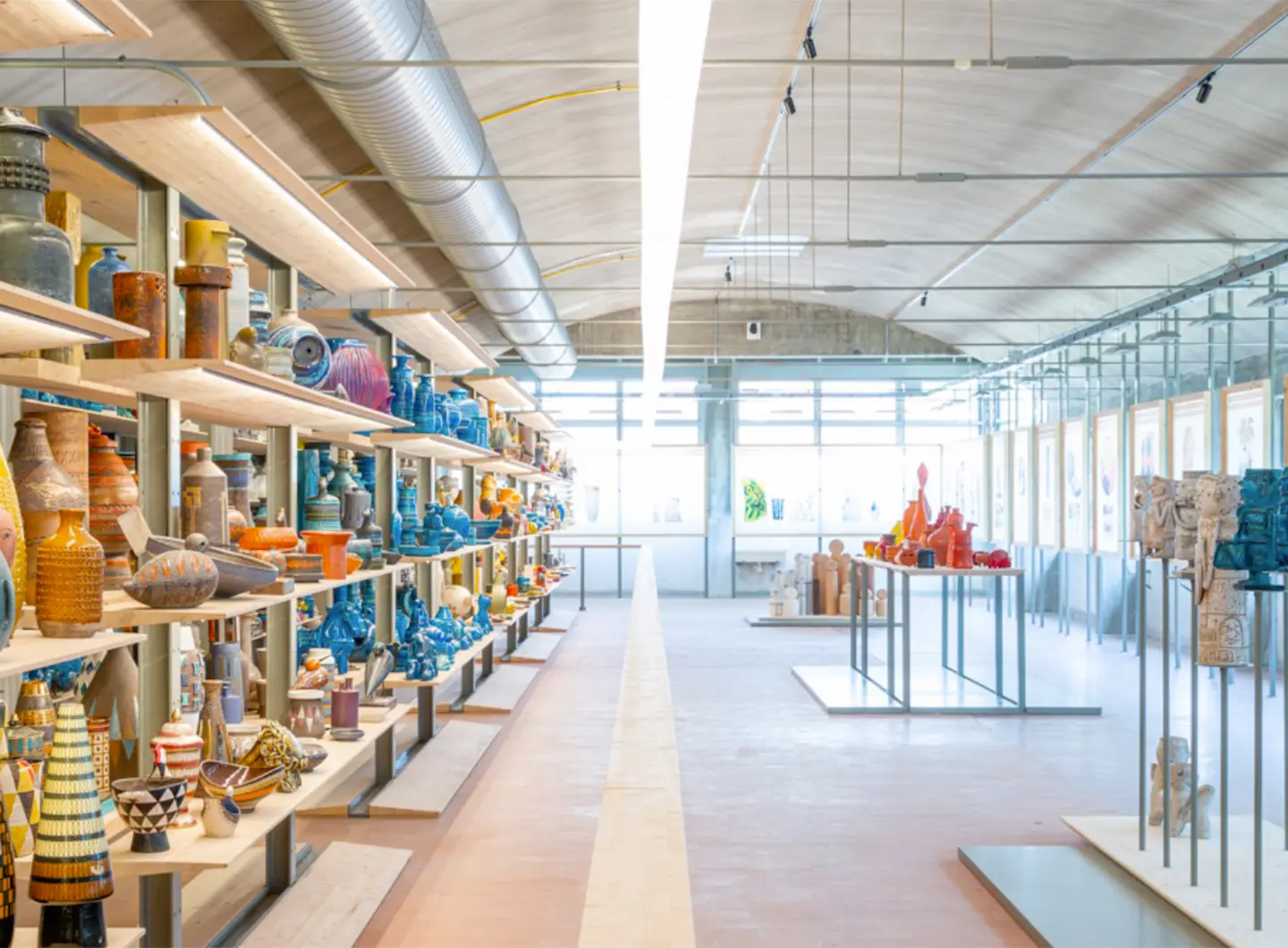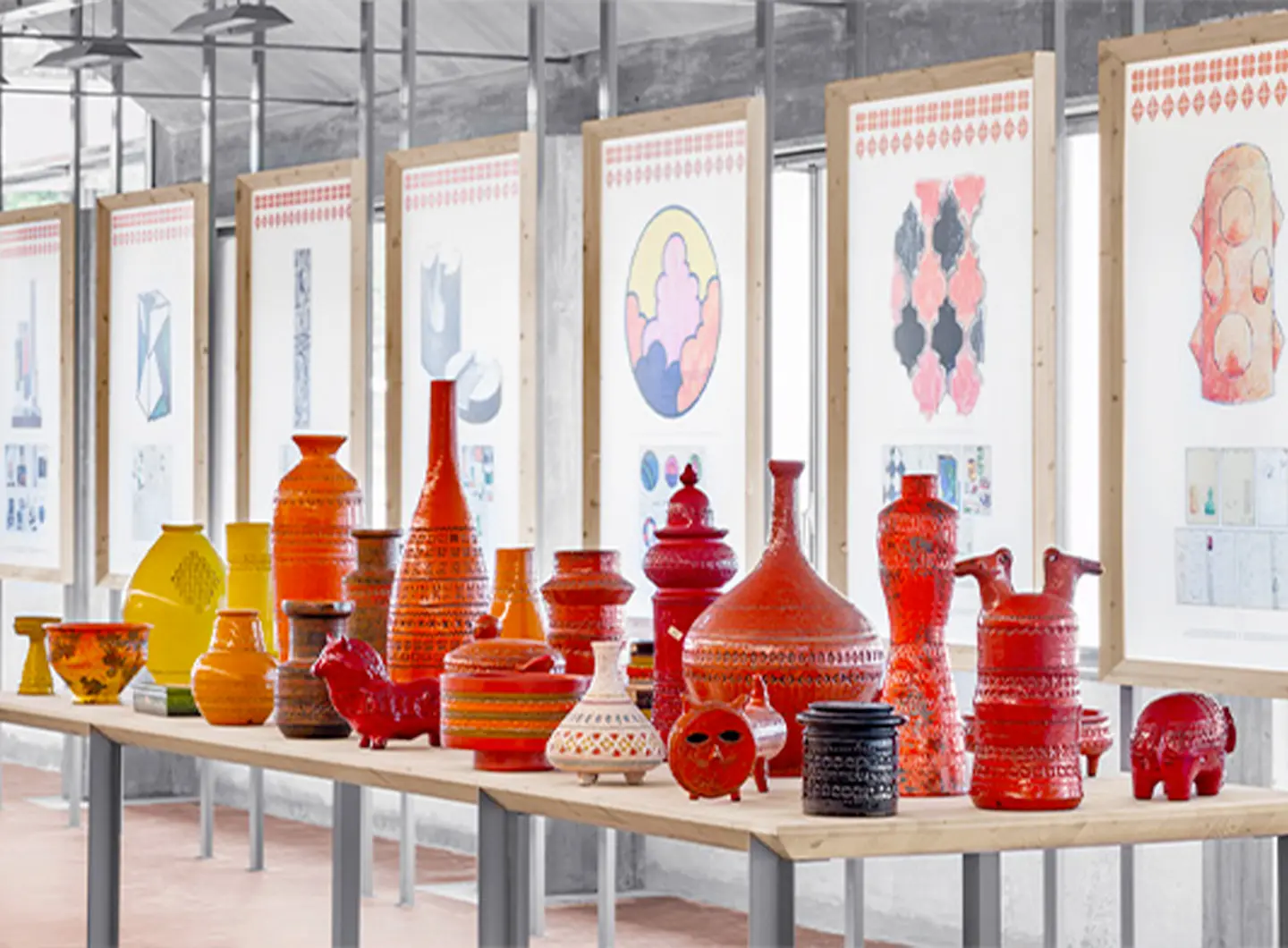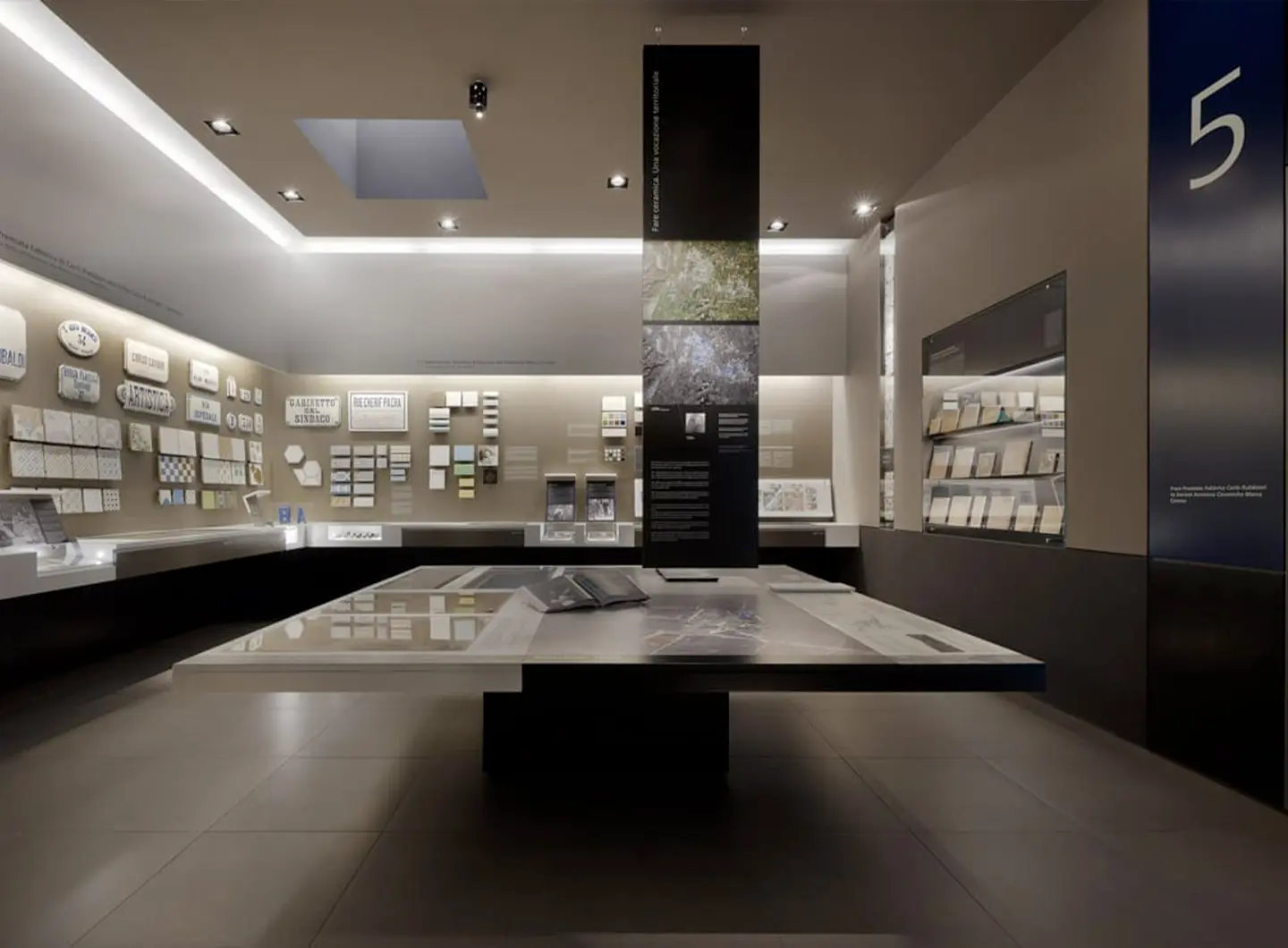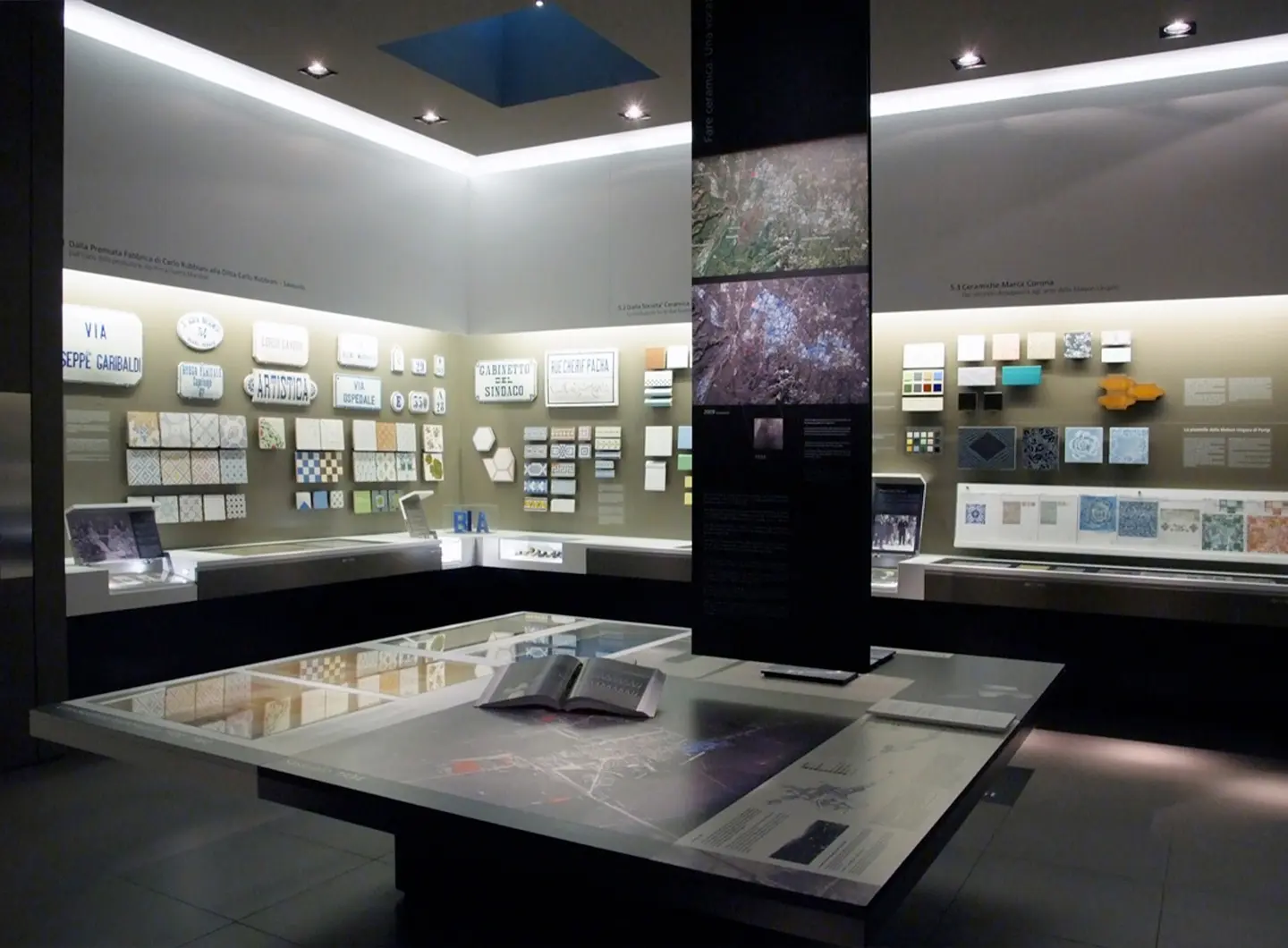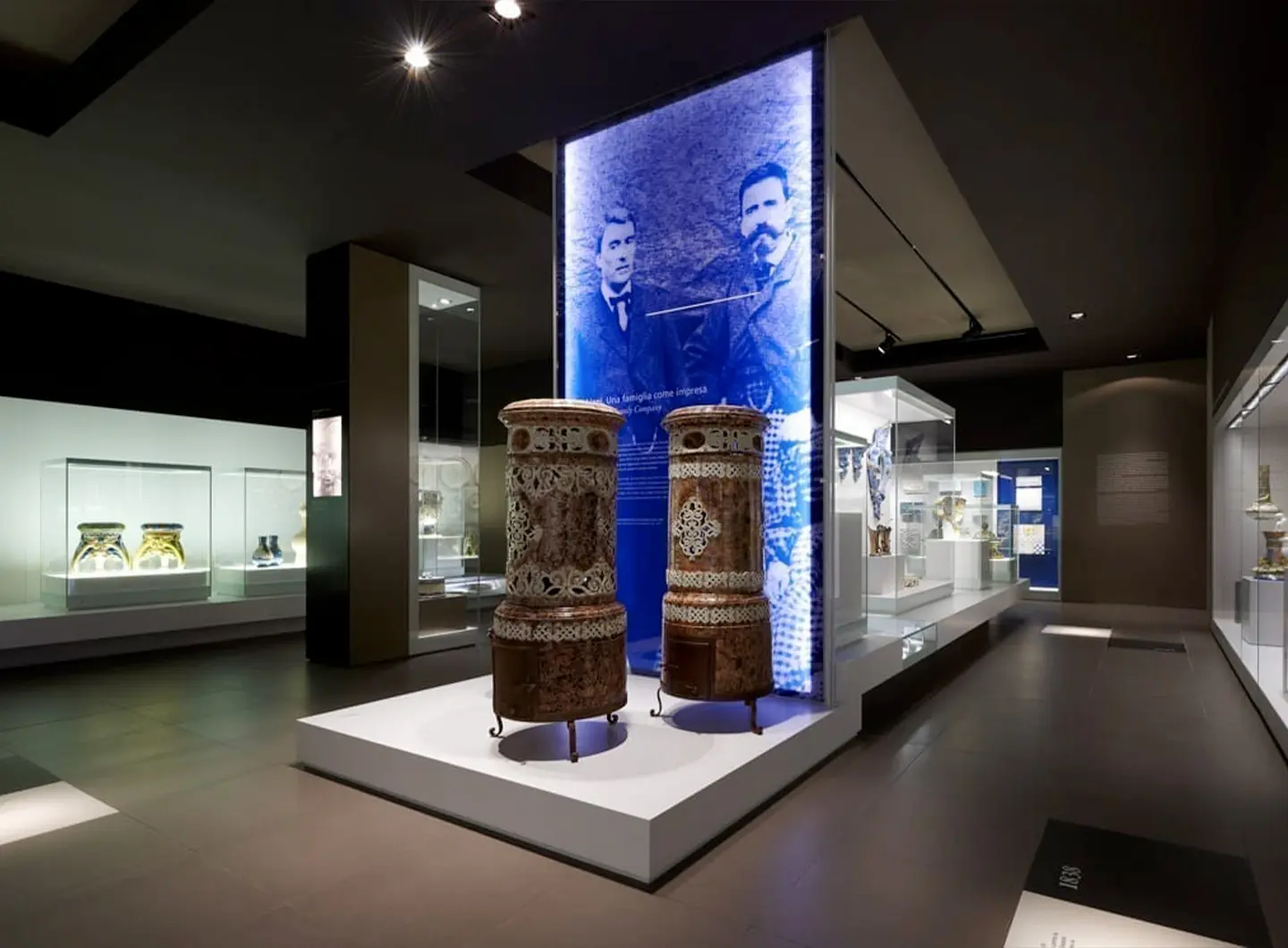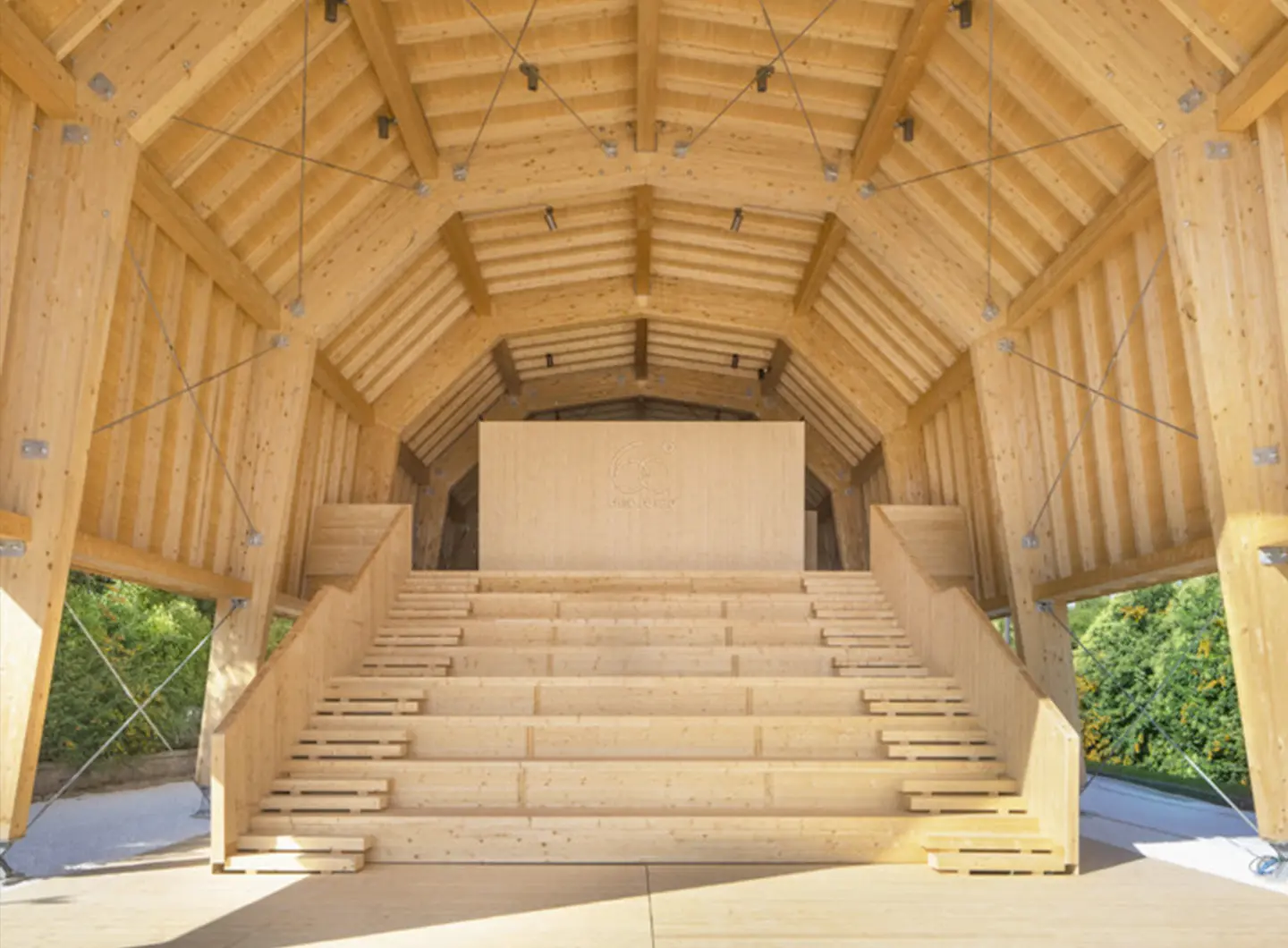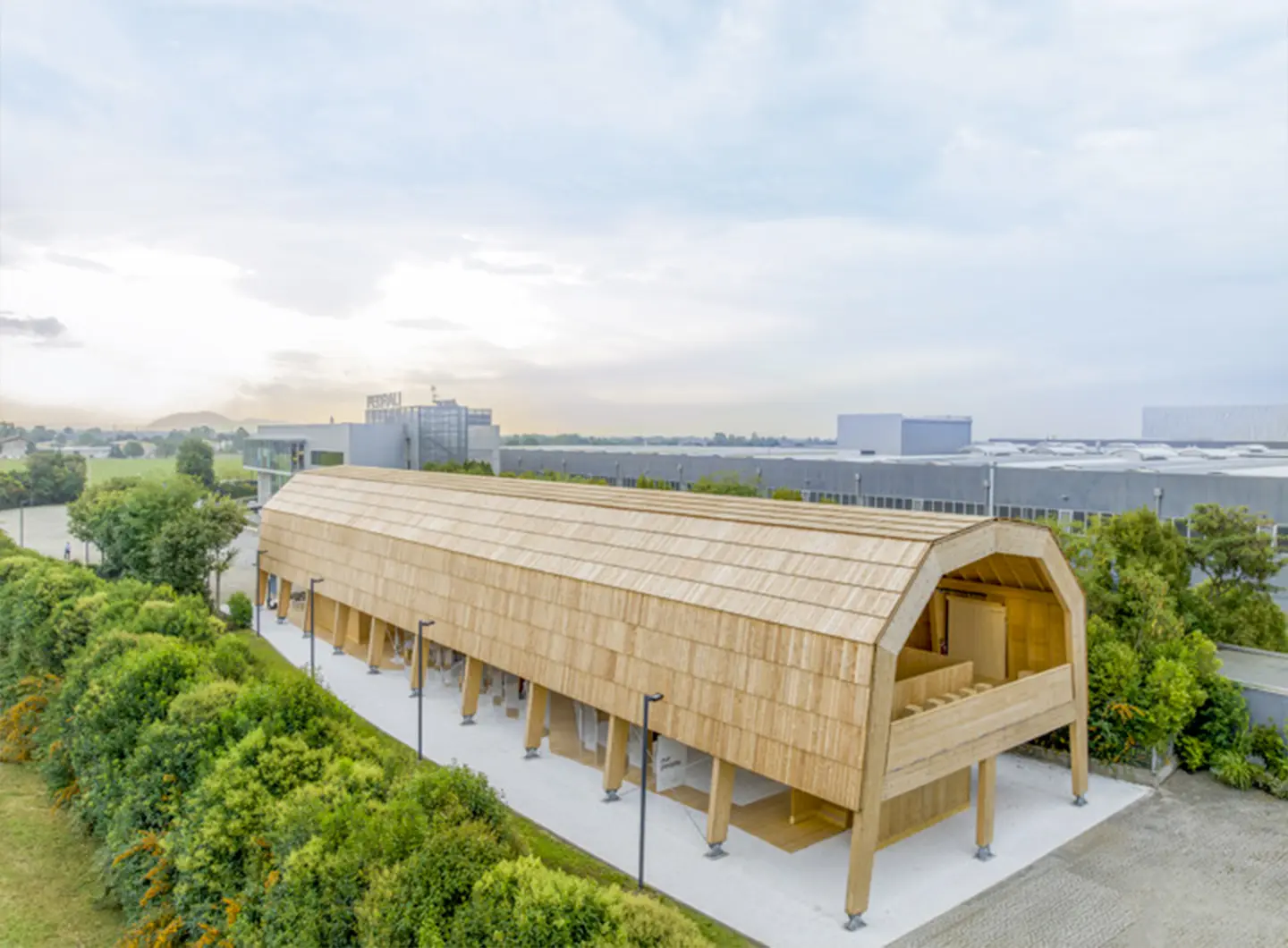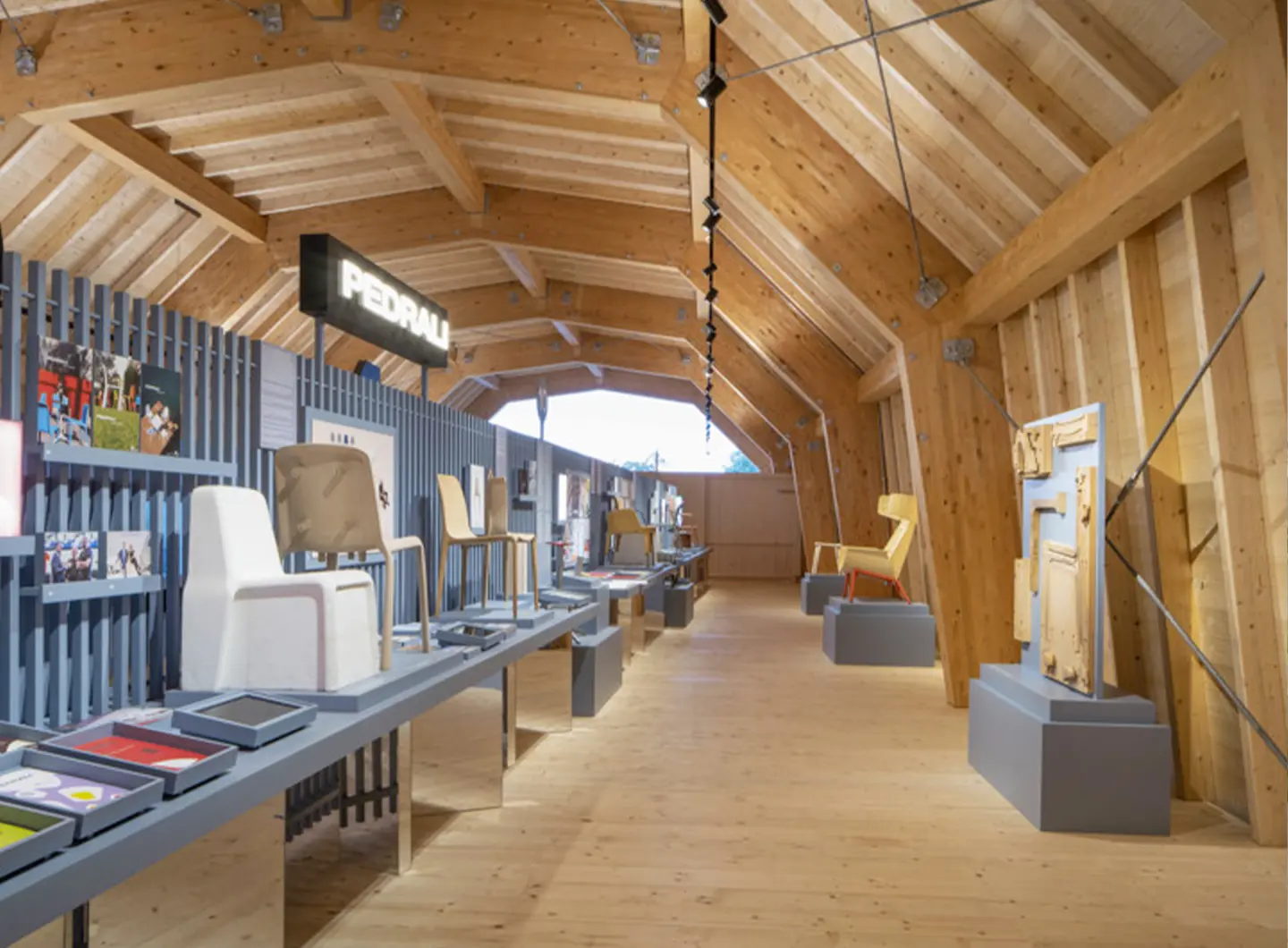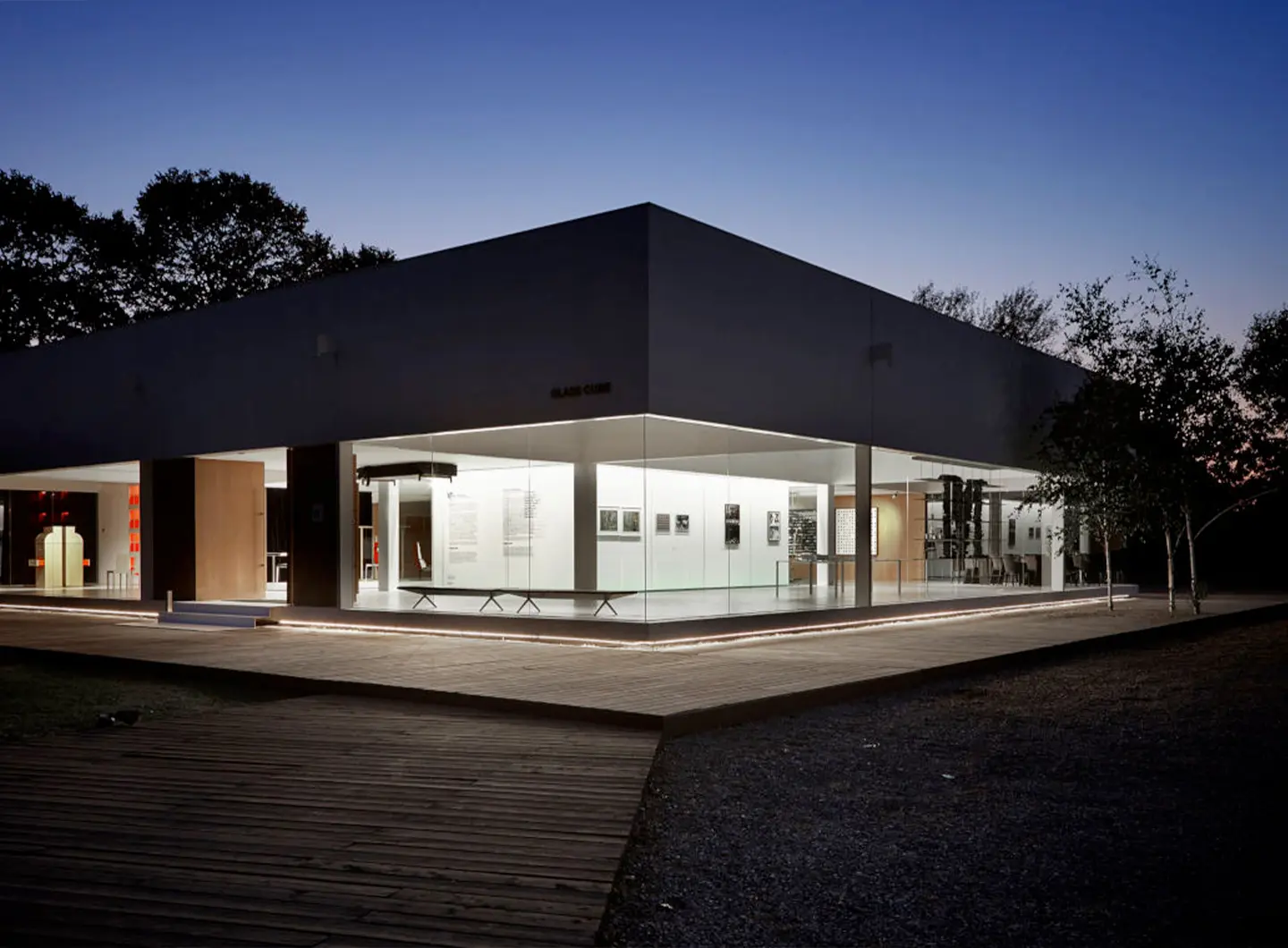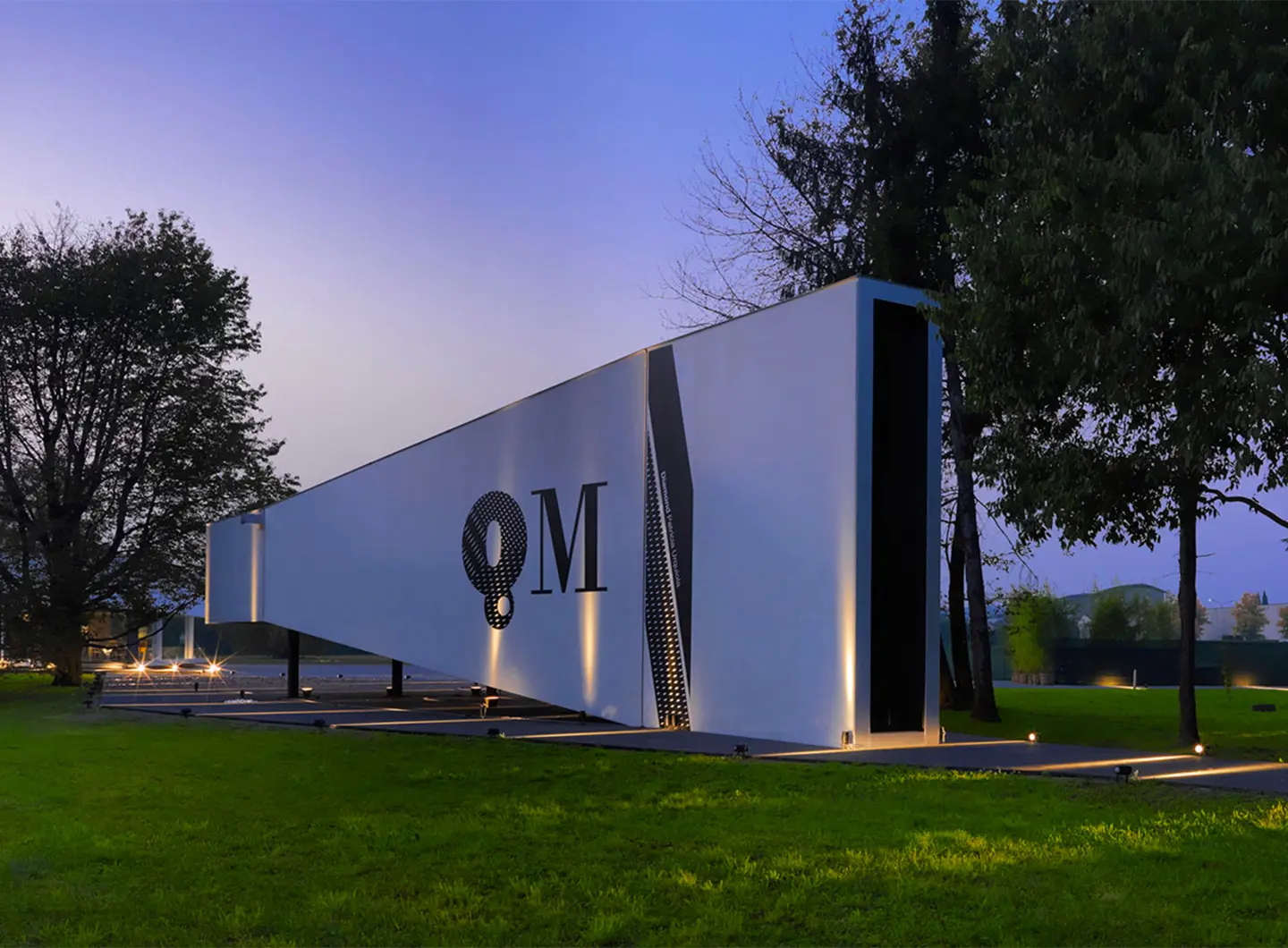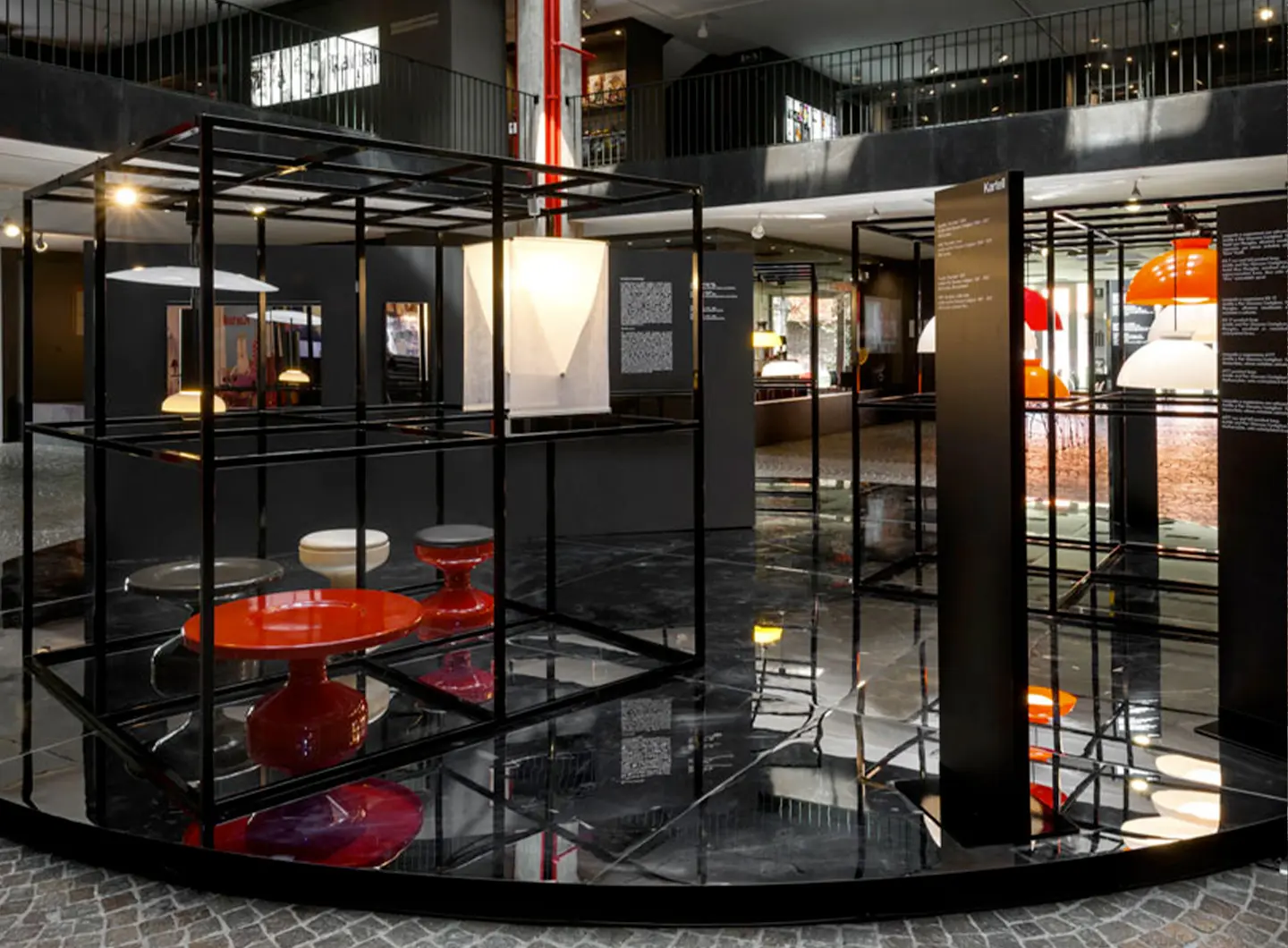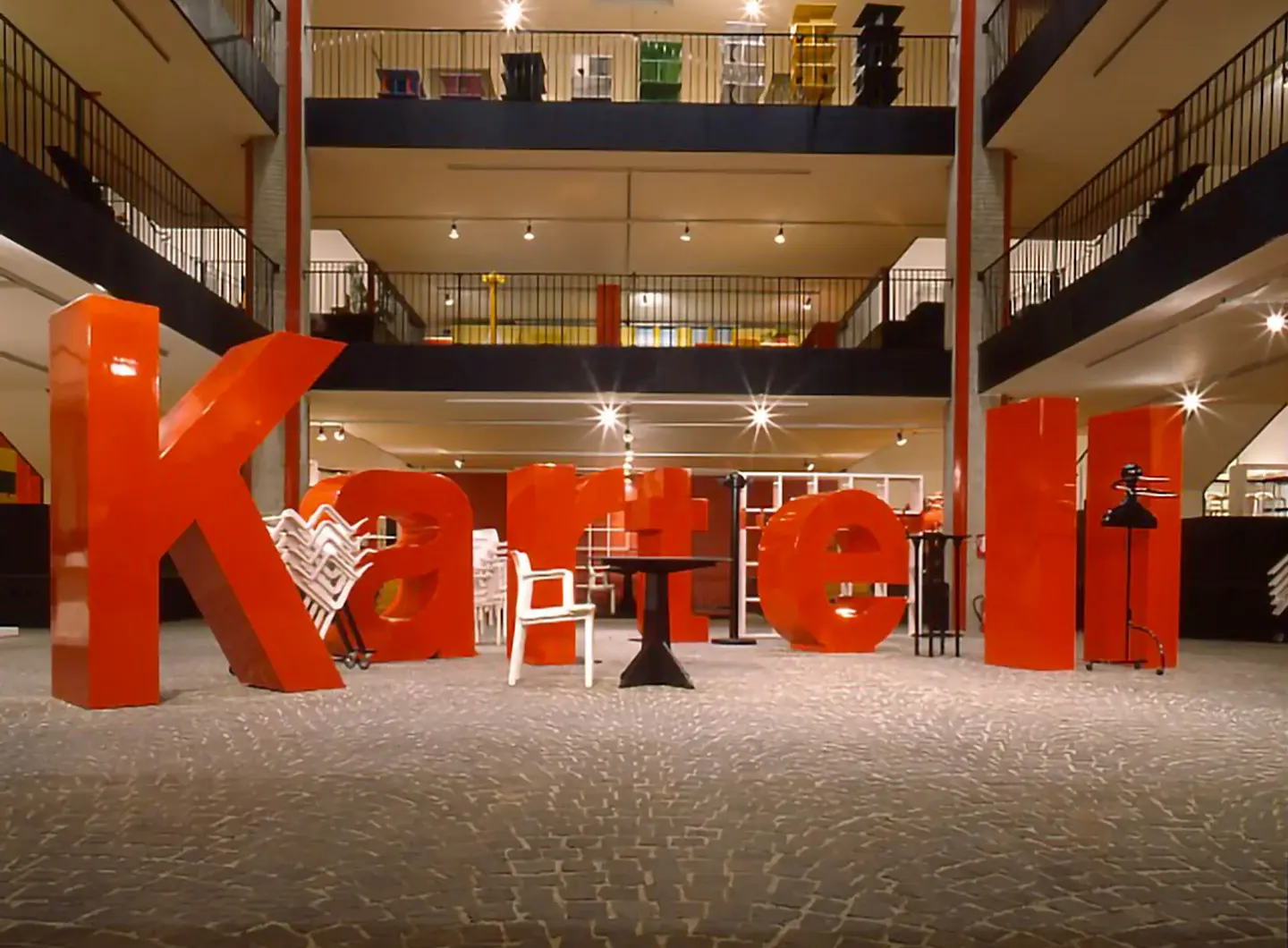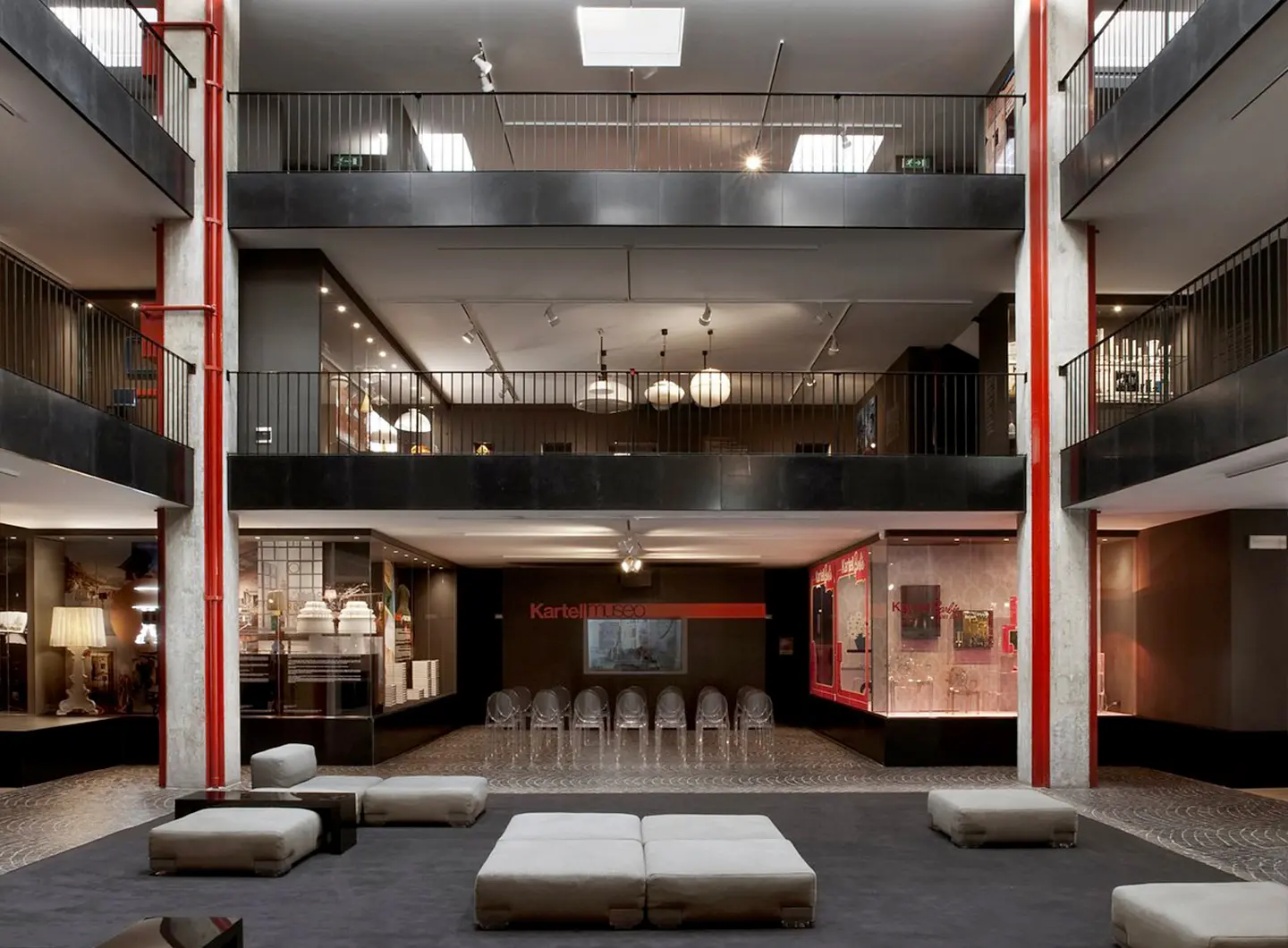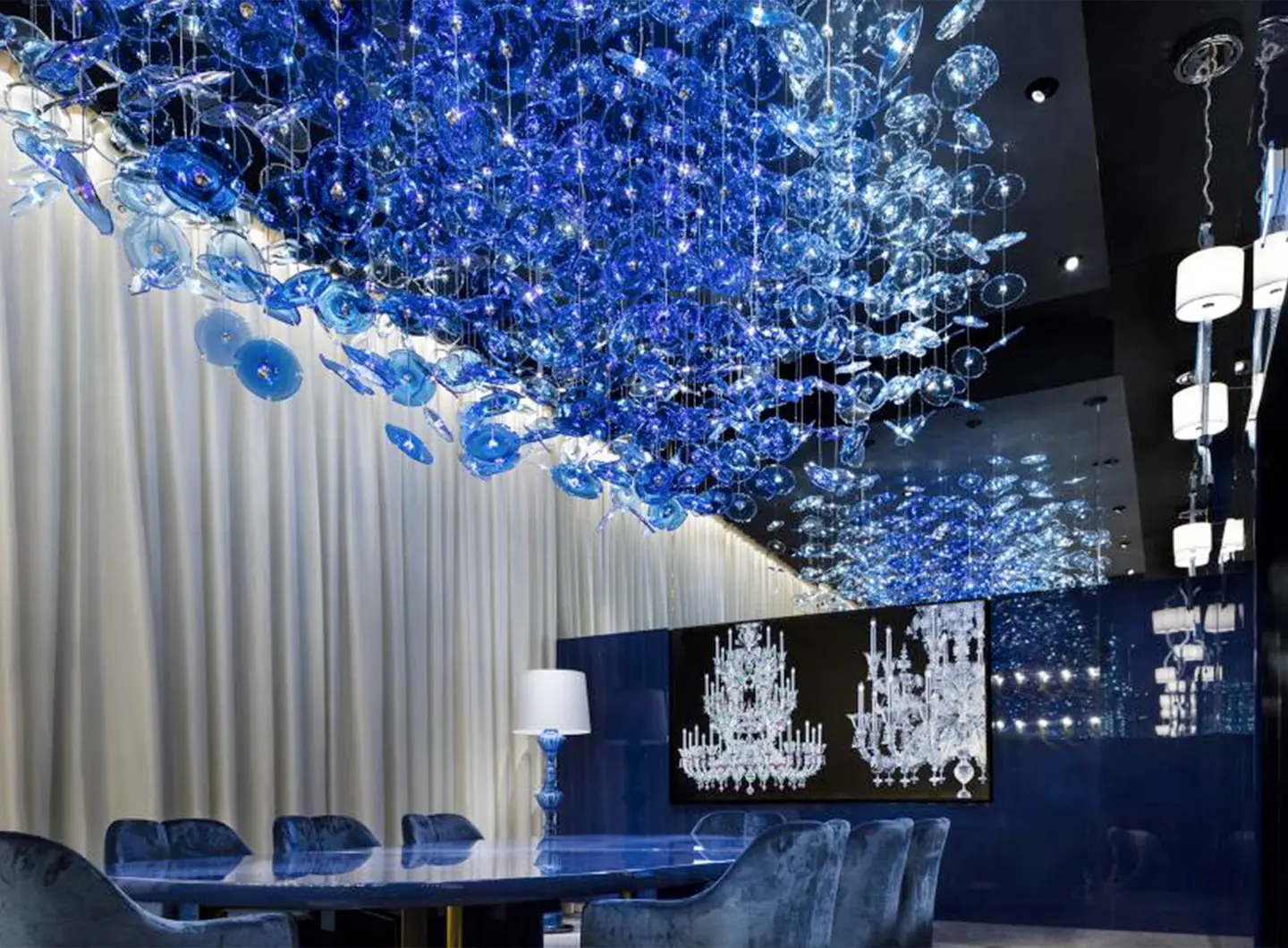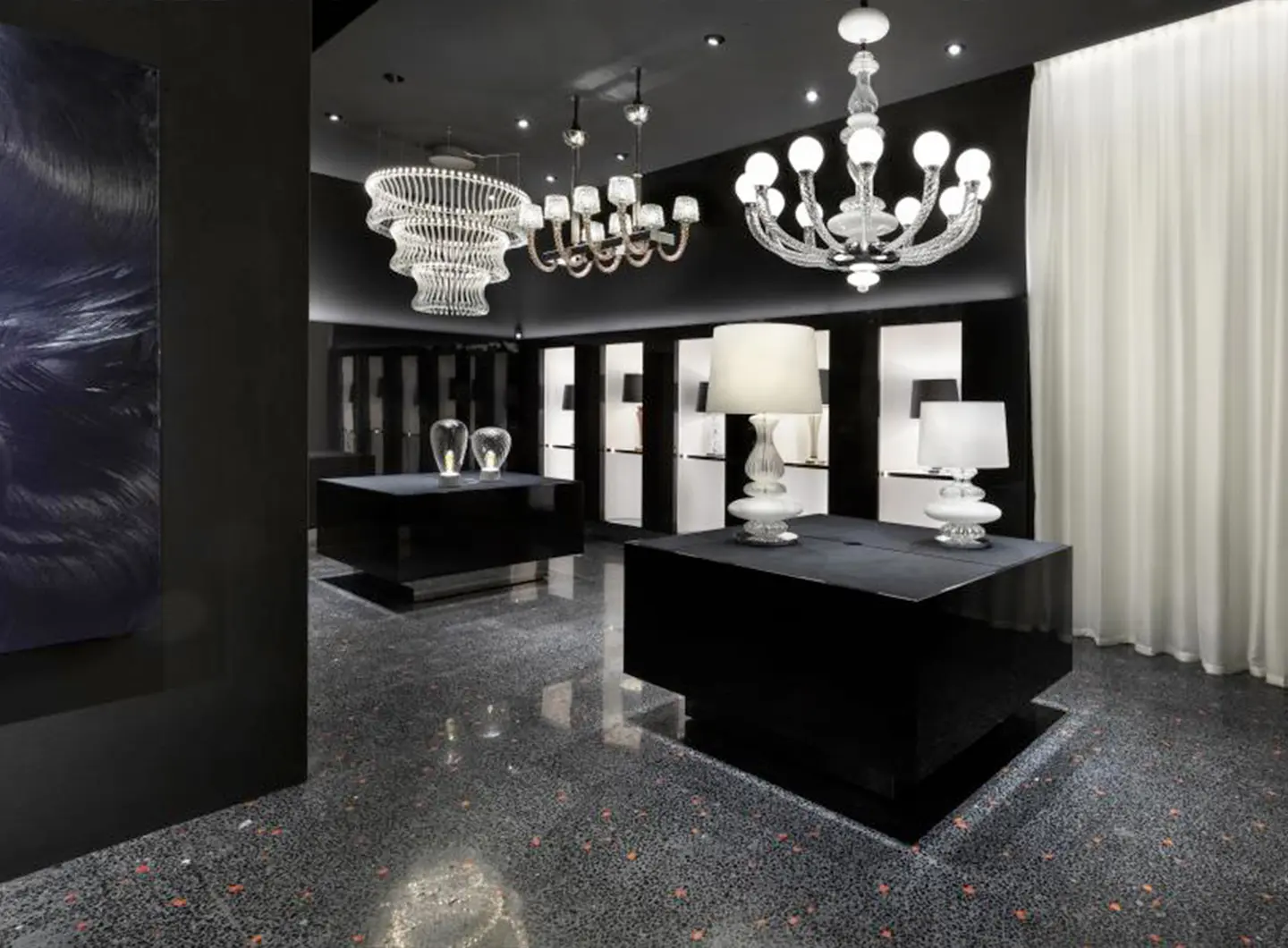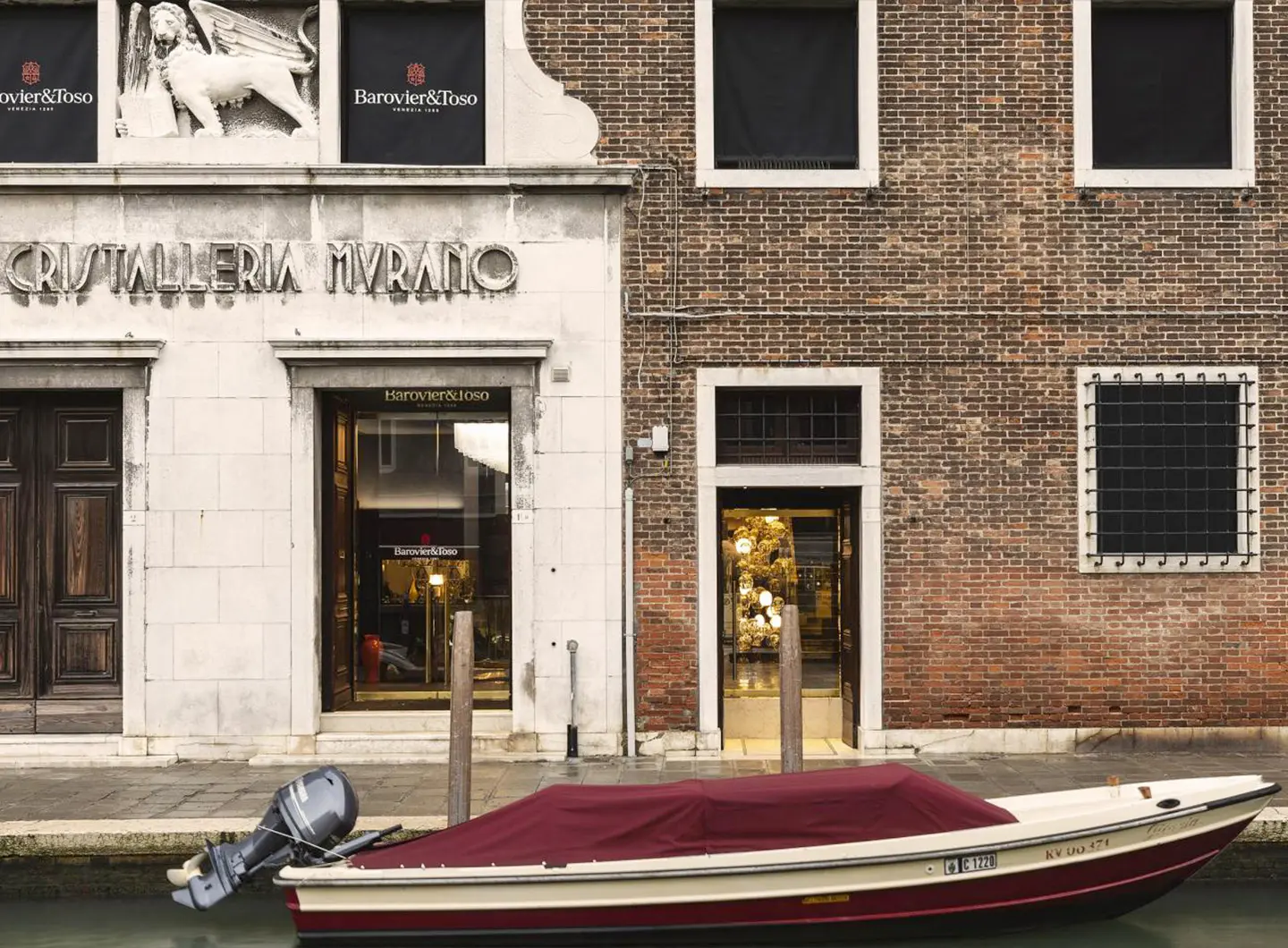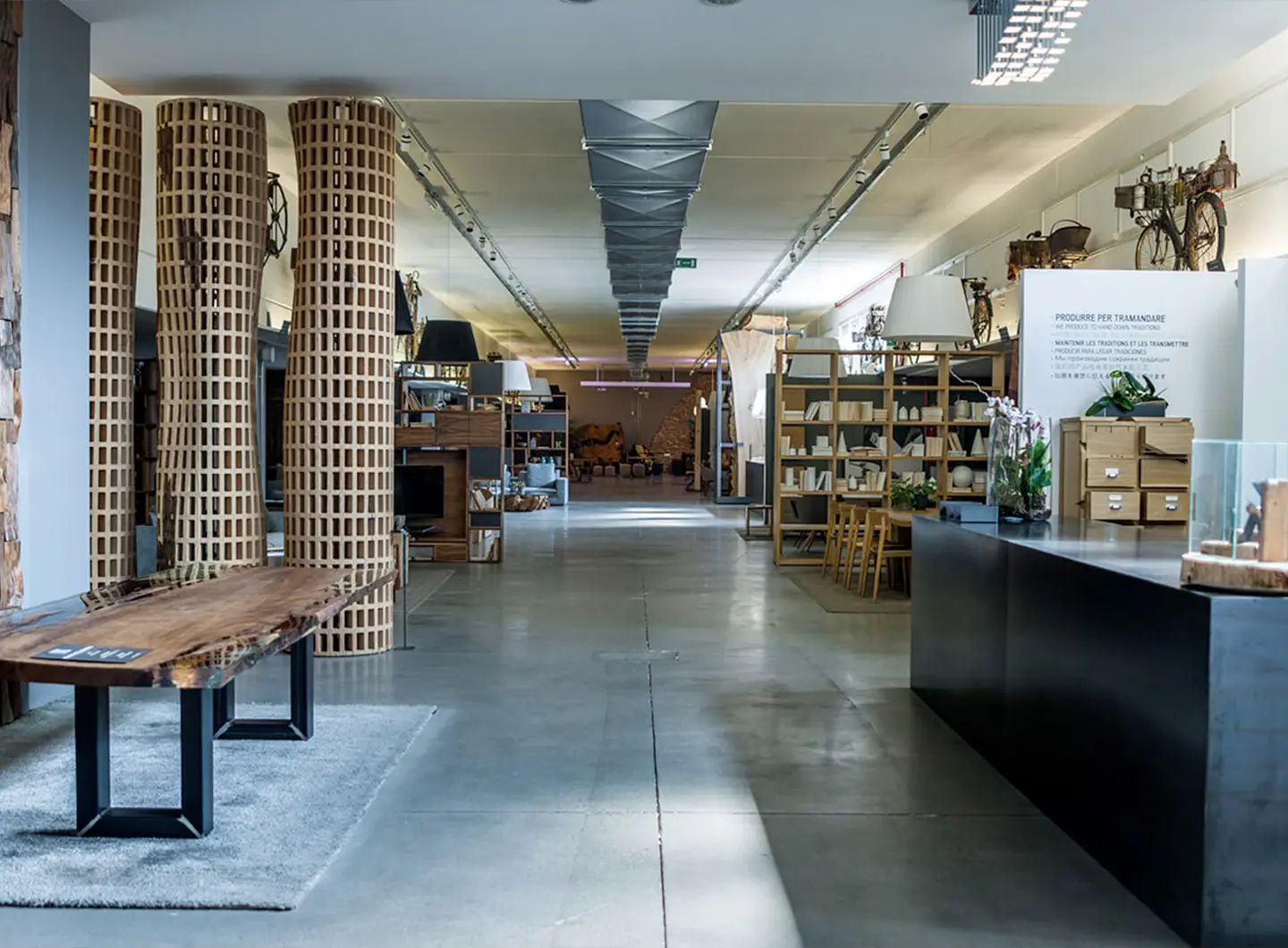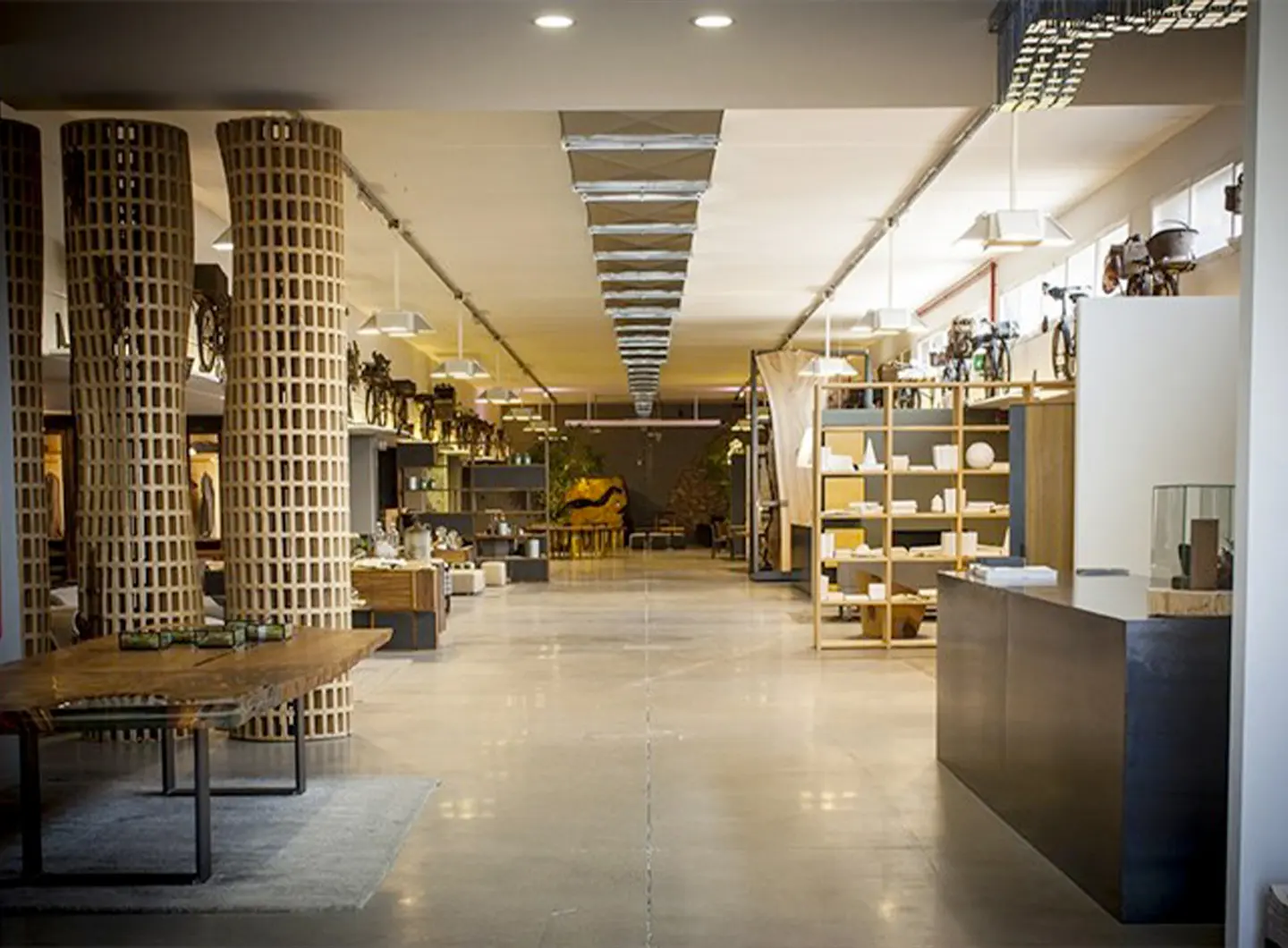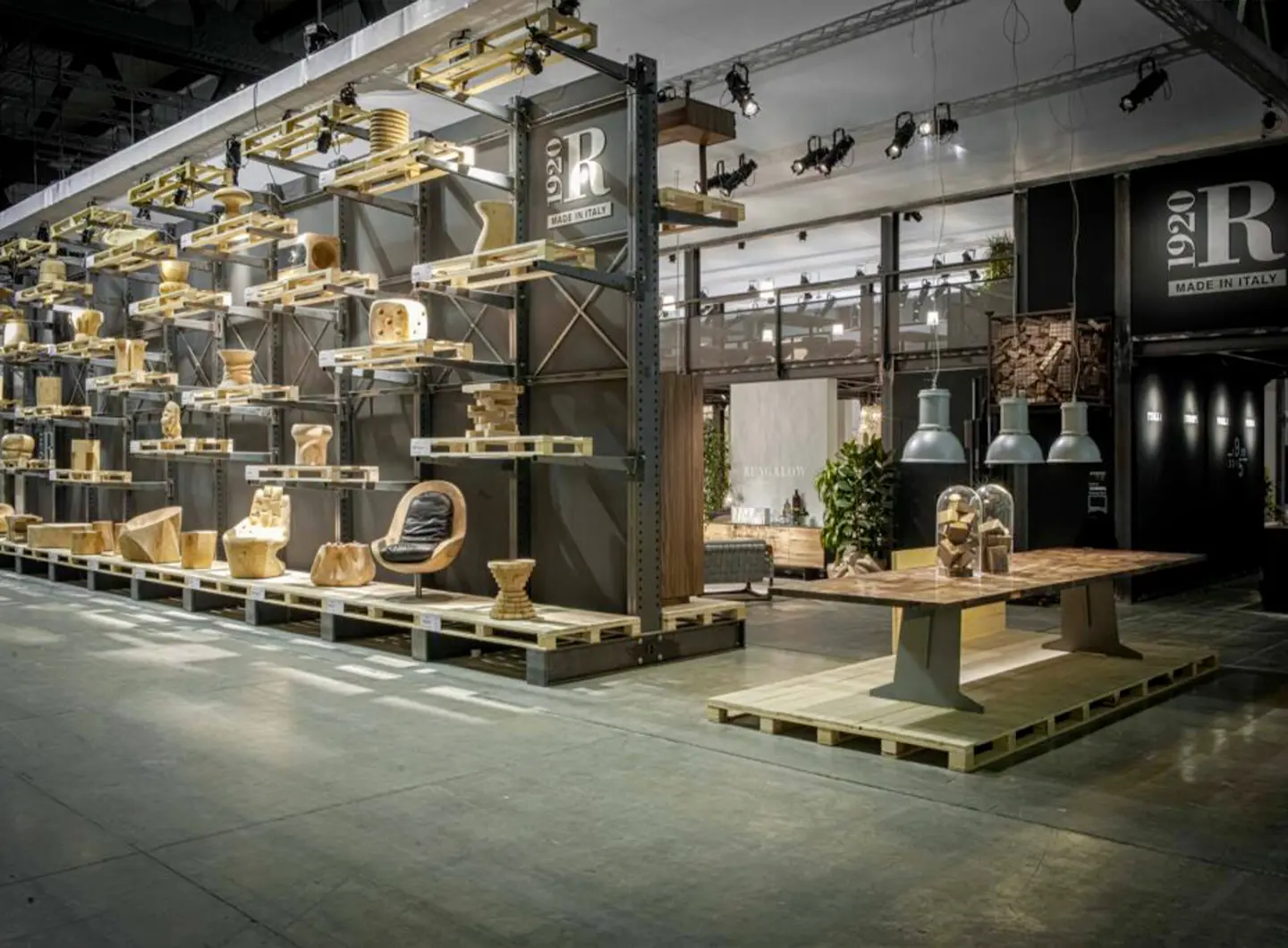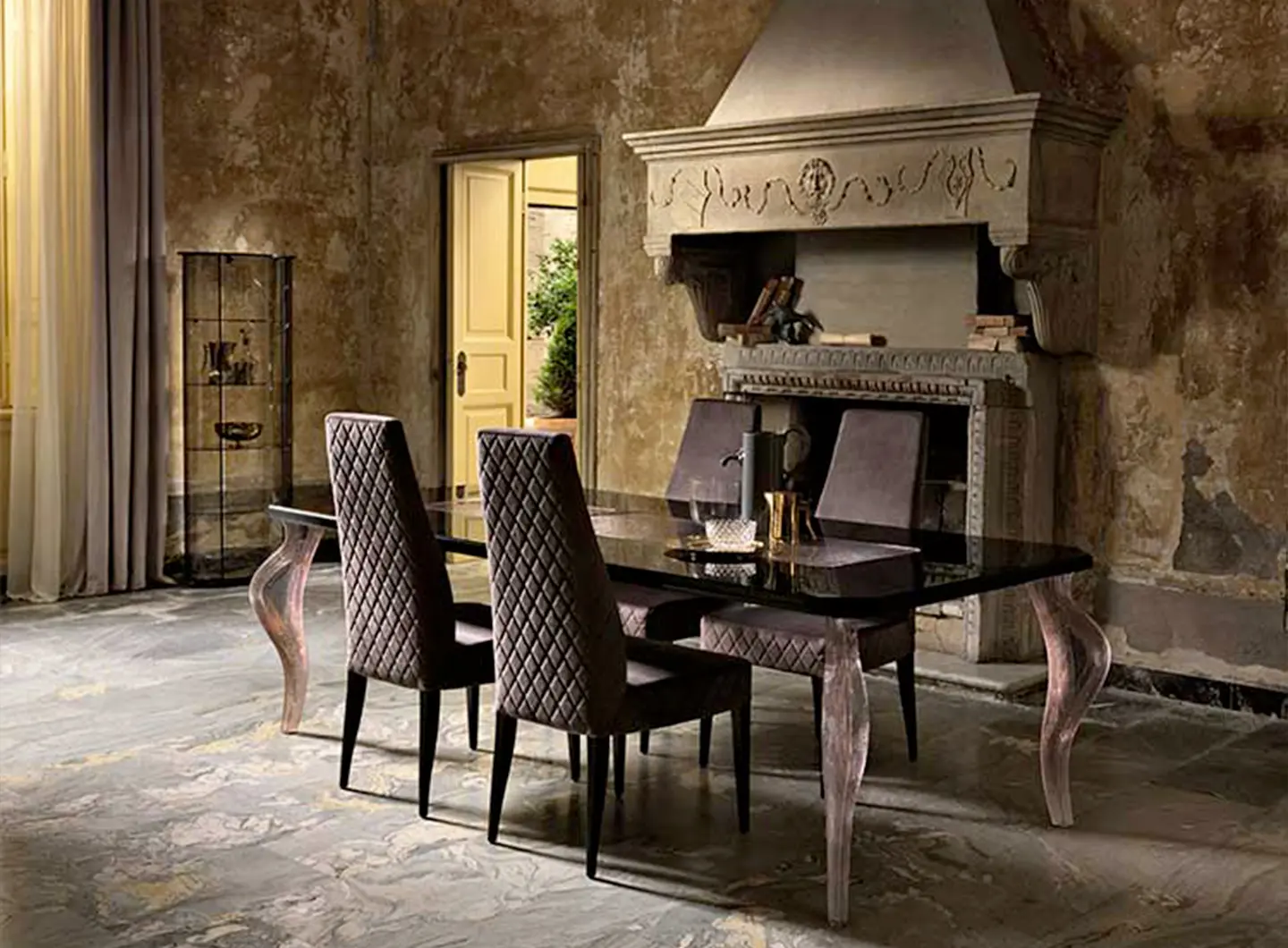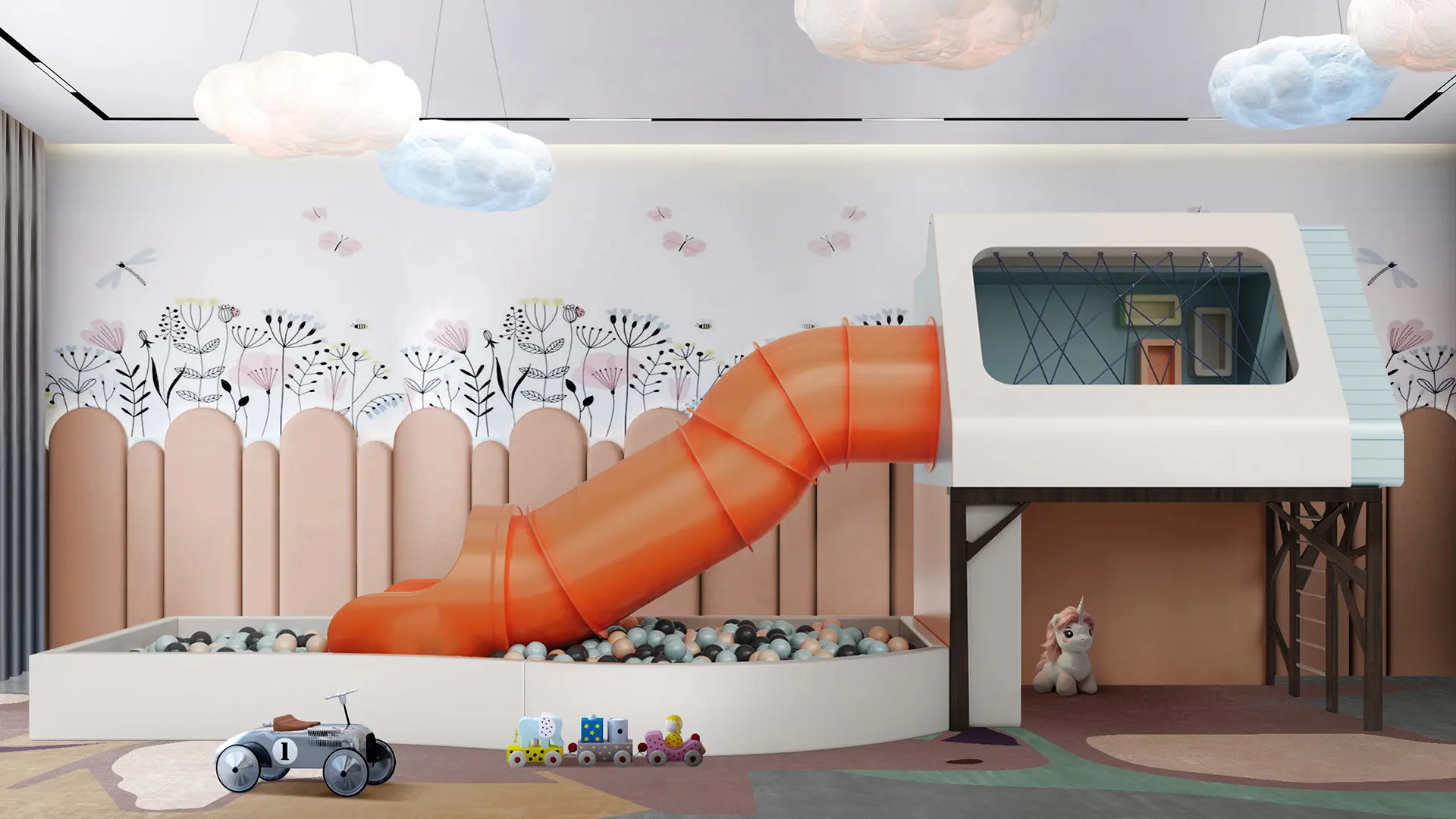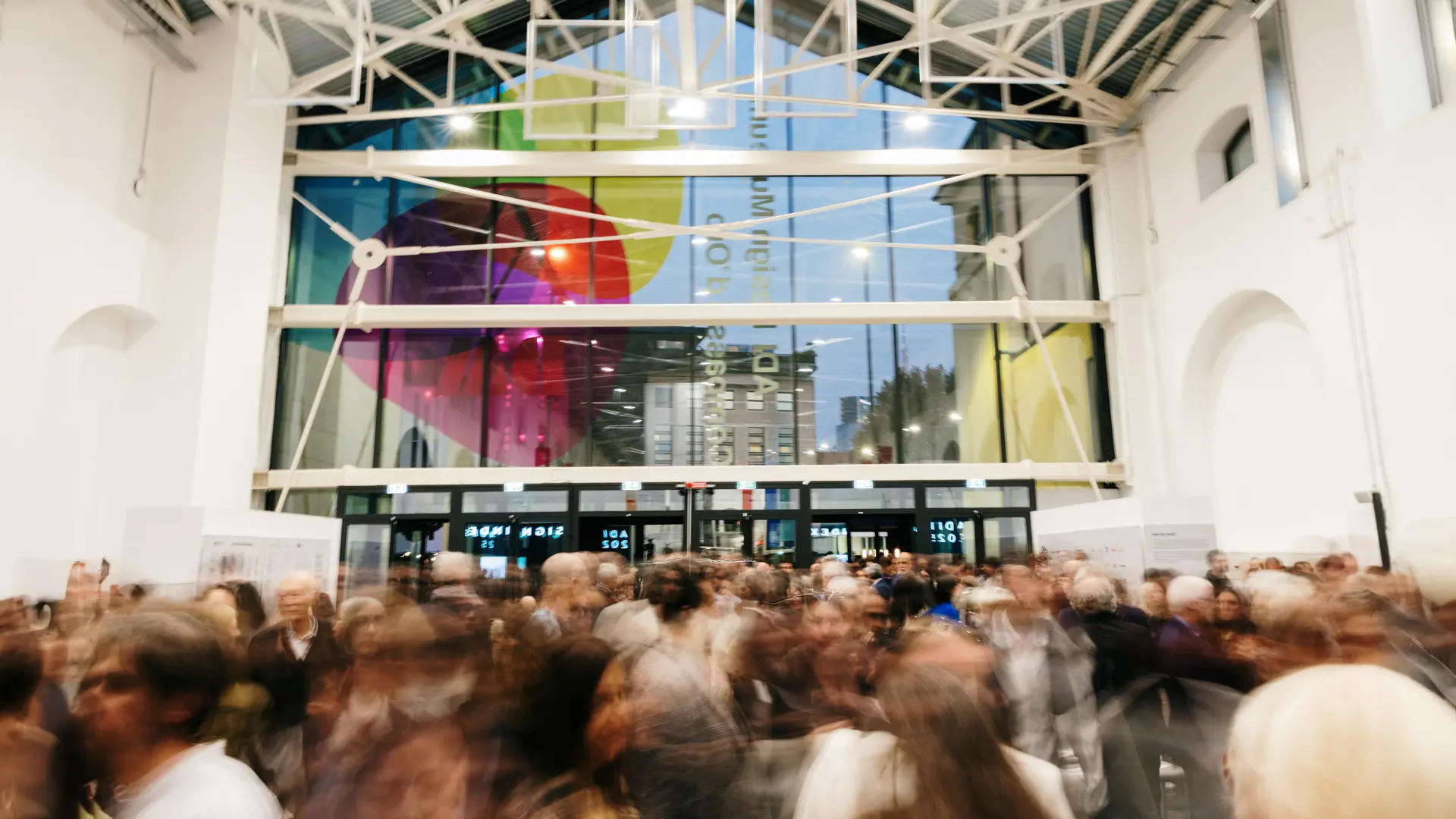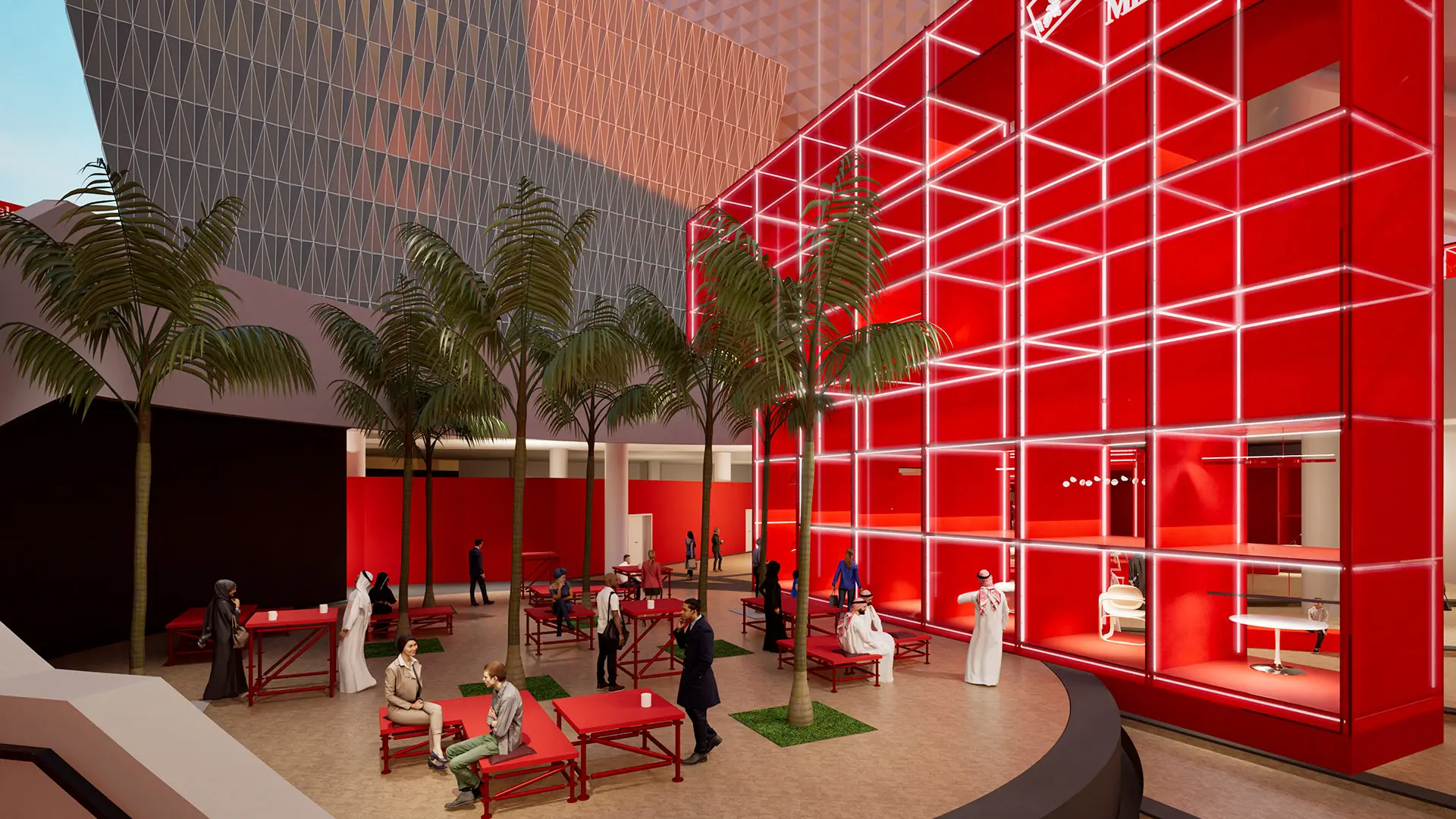When it comes to furnishing spaces for kids and teens, the strongest topic in recent years is clear: Pop design.
Business museums: the stores of memory
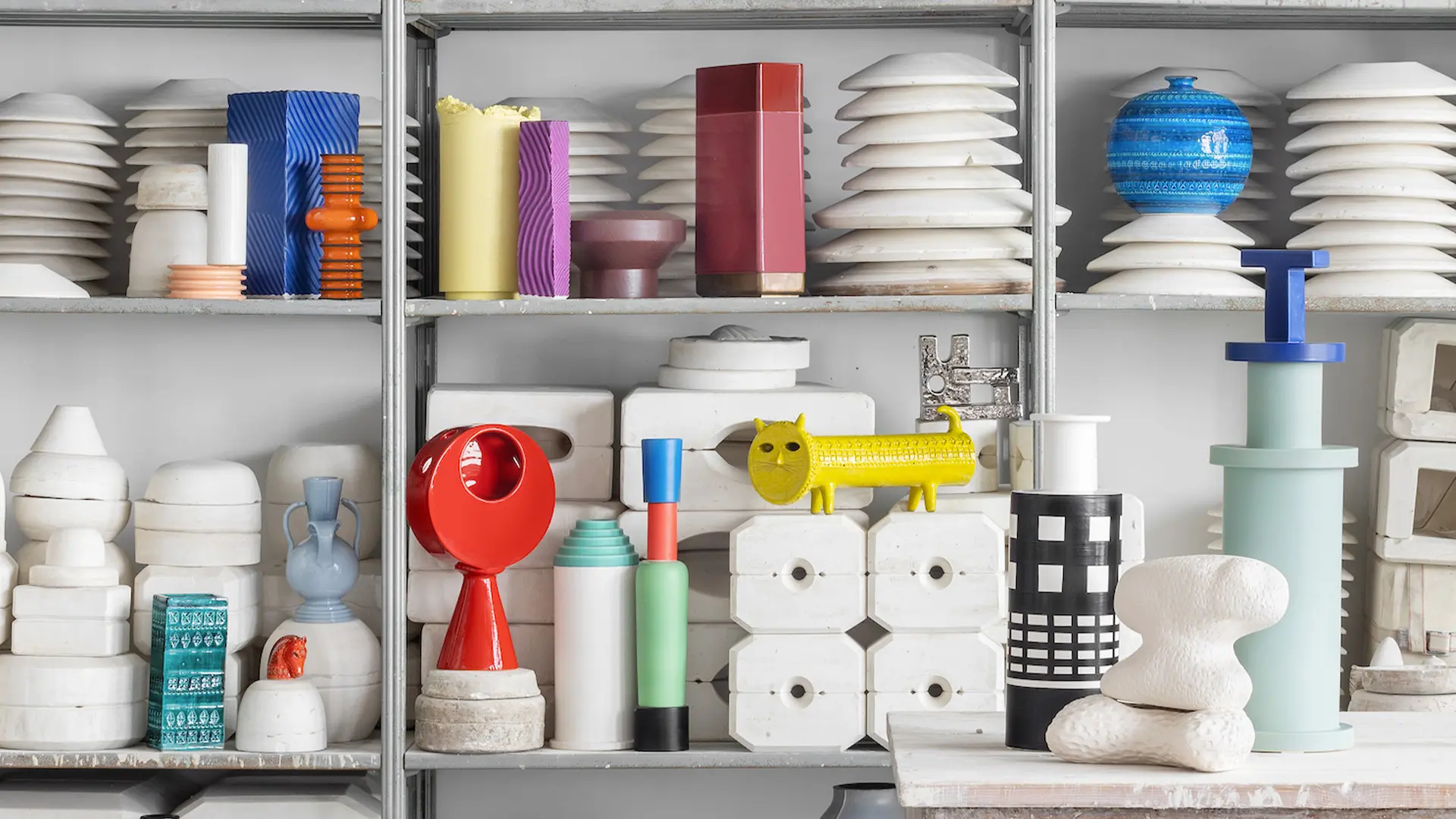
Bitossi Archive Museum
The archives of companies of made in Italy are three-dimensional manuals that tell the story of modern and contemporary design. A journey through the business museums open to the community
The companies of Made in Italy, in recounting their own history, also tell the story of their region and their people. This can be seen by visiting the museums of good Italian design brands. The phenomenon is so widespread that Antonella Galli, an Italian journalist and curator, together with Pierluigi Masini, has made a book out of it. I luoghi del design in Italia. Quattordici viaggi d’autore alle sorgenti del progetto (2023, Baldini&Castoldi) is the kind of account that was lacking, and not only design buffs felt its absence. So much so that the authors still wander from bookstore to bookstore the length of Italy to present it.
For a brand, looking at its own entrepreneurial history is not only a way of participating in the construction of a large and widespread Wikipedia of design, “but a gesture of social and cultural sharing that spreads knowledge. Looking inwards and back in time is an exercise that helps companies understand which paths to take. It’s a way to become aware of one’s role and responsibilities,” says Antonella Galli, who presents a snapshot of these ‘new places of ancient skills’. “Born on the initiative of the tried and tested, they are spaces open to the public that give back to their community” according to very different models and methods. But it is precisely this variety that makes Italian creativity unique.
“Among the places I visited, the Bitossi Archive Museum at Montelupo Fiorentino deserves a special mention,” a space suspended in the dust of living matter, artistic ceramics. “This open-air archive has occupied the space as if it were a stage: the 7,000 pieces, all catalogued and returned to the public, appear like étoiles surrounded by their own corps de ballet,” and walking in this place of memory means tracking evolution through time. Because archives are inexhaustible sources of ideas that reveal the past and are a guide to the future.
“It’s by starting from the repositories of memory that companies are able to ride innovation. And telling their stories to the public is an opportunity for them to remain competitive in the market, starting from their challenges, their victories, but also from their failures.”
This is the tale told by the Galleria Marca Corona, the company museum based in Sassuolo. With its 250 exhibits (including artifacts, books, photographs and documents), it guides visitors along a chronological path that starts in 1741, the year the company was founded, and brings its history down to the present day. This is the story of Pedrali Pavilion, the pavilion designed in 2023 by AMDL CIRCLE and Michele De Lucchi at Mornico al Serio: a large portico showcases two generations of furnishings and a narrative whose entrepreneurial roots are embedded in family values.
“Obviously, against all the loud background noise, it’s not easy to get noticed. But I believe that these examples are operations that help companies visualize their future,” the journalist continues.
“Among other examples, I like to mention the Museo Kartell and the Museo Molteni, which stage the history of the company through meetings with their most important designers. The goal is not only to monitor the evolution of the lifestyle on which they have had an impact, but above all to focus attention on innovations in technological processes.” Ranging from plastic to wood, the examples are cited in all the manuals of good design.
Then there are the ongoing operations: “Borovier & Toso has a very rich archive which they are working on. Artistic glass is a constantly evolving world that has changed domestic interiors and is an inexhaustible source of experimentation,” for all generations.
“The Riva 1920 Wood Museum in Cantù and Fiam’s Villa Miralfiore, in the center of Pesaro, are two other emblematic cases. From wood to curved glass, their spaces, open to the public, are pages of a manual in which to enjoy the beauty of the great names of design.”
In short, each company draws on its own productive DNA, brings together its community of designers and returns to its homeland in search of new impulses. But why is there so much interest in corporate museums? “Because there is a new awareness of the role of companies in the evolution of culture in society. The factory was always b seen as a place of grey automatism, impervious to culture, but it is now a dynamic reality: no longer a closed box, but a living organism open to the public,” ready for synergy, dialogue, encounters. “Becoming aware of one’s own history is fundamental,” concludes Antonella Galli. Acting on change is a challenge nurtured by know-how.


